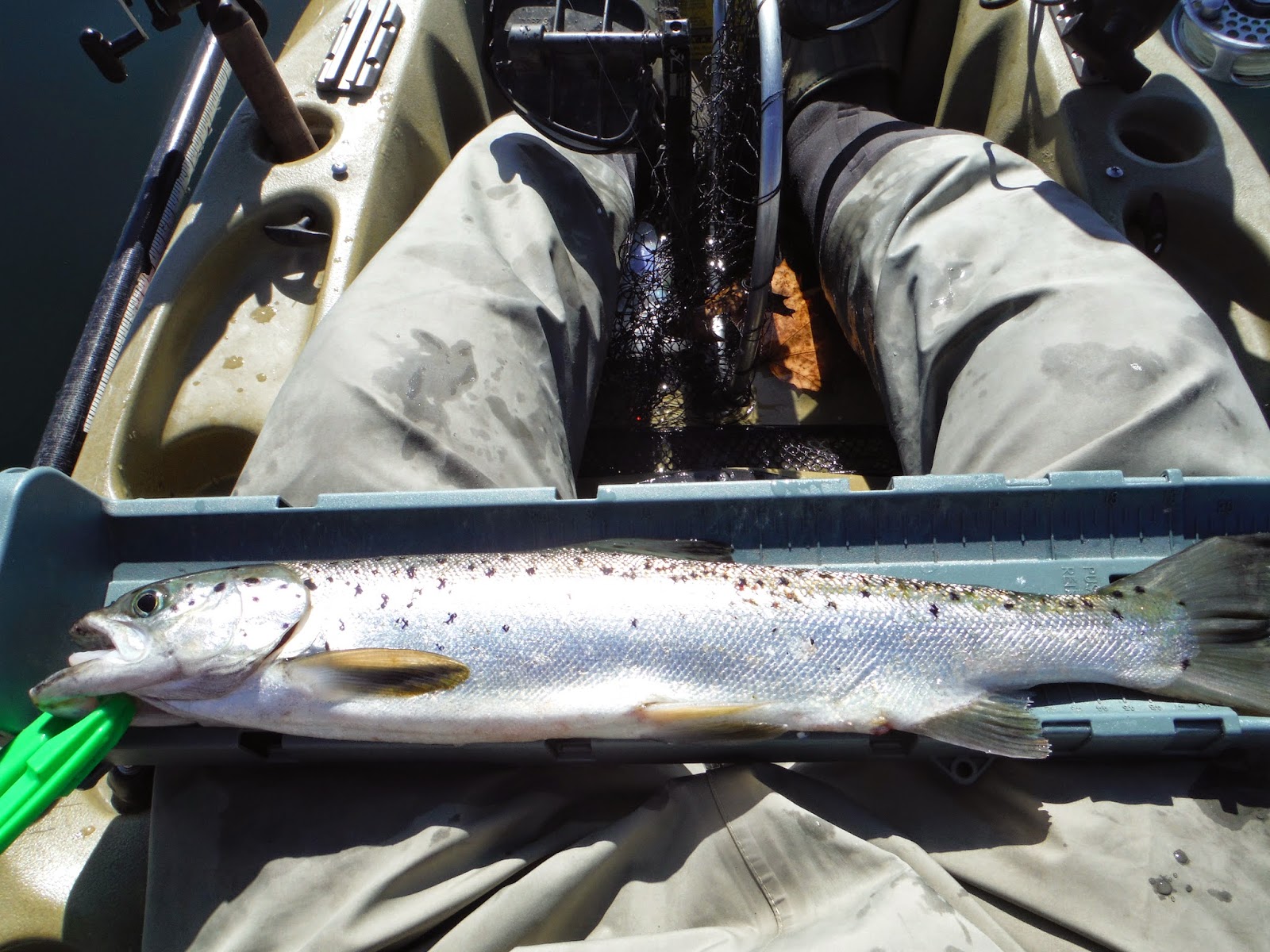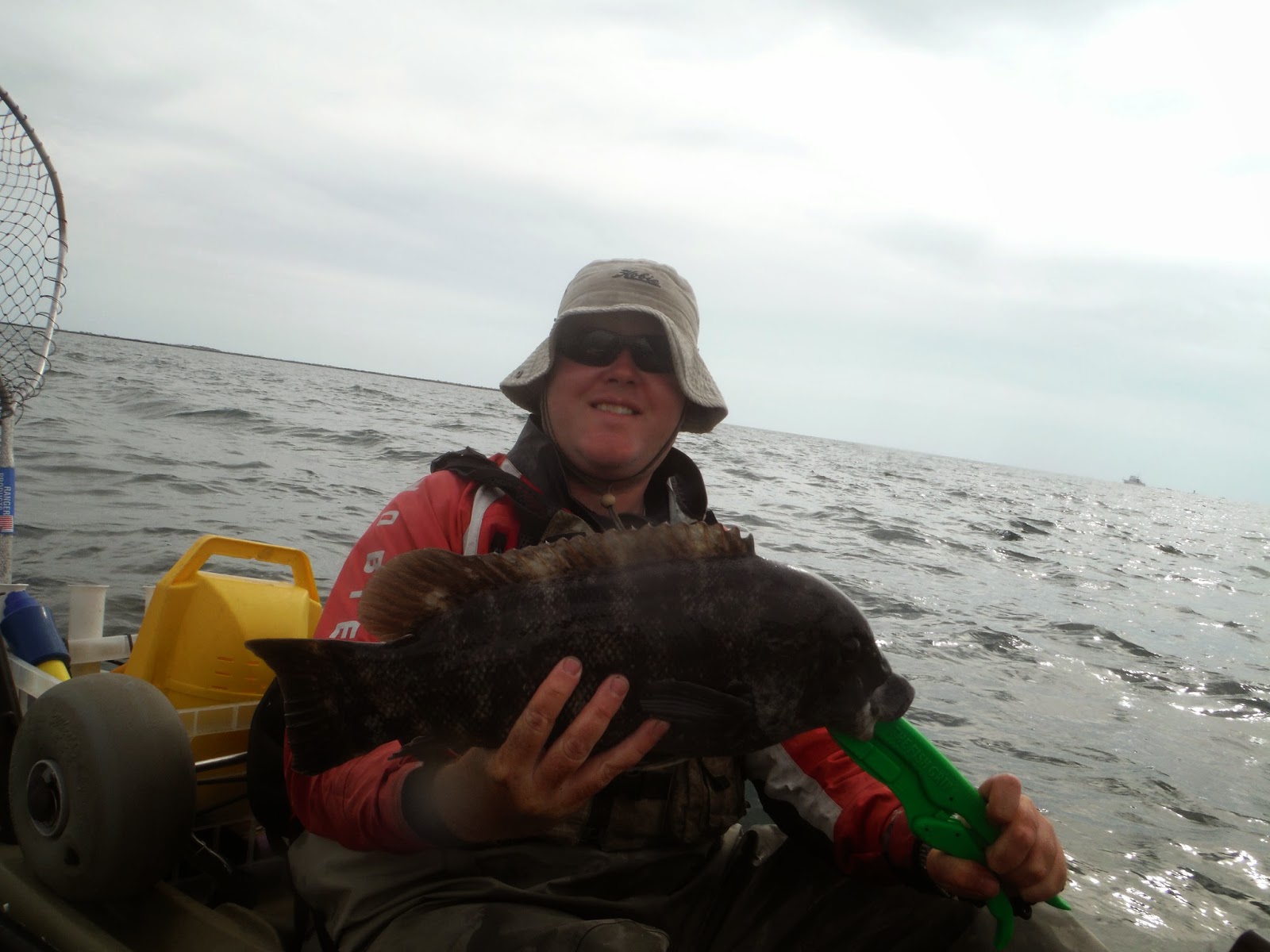Took a family vacation for Easter Week and travelled to the Lakes Region of New Hampshire. I targeted salmon in the early morning at a variety of locations on the Winnipesaukee River system, including the main lake itself. The system includes a number of lakes connected by the Winnipesaukee River. The source of the river originates from Lake Winnipesaukee itself and flows into Paugus Bay from Weirs Beach near Laconia, NH. The river flows out of Paugus and through a dam to Opechee Lake. Downstream of Opechee, the river empties into Winnisquam Lake. From Winnisquam, the river dumps into Silver Lake. It reminded me of many of the salmon lakes in Ireland, which are also river systems that empty into the Atlantic Ocean or the Irish Sea. It also reminded me of the Connecticut River system on the Connecticut Lakes near Pittsburg, NH.
In New England and upstate NY, one of the best landlocked salmon runs of the year occurs in early spring in and around ice out. Ice out usually corresponds with the smelt spawn. The smelt move inshore into rivers to spawn at this time closely pursued by landlocked salmon. For the pelagic salmon, this is one of the few patterns of the year where they can be found congregated in near shore waters. For most of the year, the salmon nomadically roam the open water of these big lakes and can be difficult to find in good numbers. For this reason, they are like saltwater pelagic fish and the rule of thumb for finding salmon is locating smelt schools in the open water. When the smelt congregate, the salmon congregate as well.
Over five mornings, I fished the main lake, Paugus Bay, Opechee Lake, and Silver Lake. Overall, the fishing was excellent. For the first three mornings, the fishing was inconsistent due to a cold front that had rolled through the day before I arrived. The air temps stagnated, and most of Lake Winnepesaukee was frozen over. The ice shelf was about 100 yards offshore at the beginning of the trip. A warm front and a high pressure system moved in during the third morning, which brought bright weather, softer winds, and much warmer air temps. By the end of the trip, the ice shelf was at least a mile offshore.
On the first morning, I met up with Ken Mathis of NEKF and we started at Silver Lake, which didn't produce, so we moved to Lake Winnipesaukee and fished the ice shelf. I caught 1 21" salmon and a 17" rainbow trout. Salmon can be quirky - here today, gone tomorrow. I experienced this twice on the trip. The second day, I returned to the main lake and was shut out in the same area that produced for me the day before.
For the third morning, I explored Lake Opechee on a tip from Ken, who had been successful there in the past and had caught salmon there recently as well. Salmon end up in Opechee unintentionally. In the fall, some of the salmon from Lake Winnipesaukee attempt to spawn in the Winnepesaukee River. The salmon that drop down from Paugus Bay can't get back upstream because of a dam. Because of this, Opechee becomes their home. Most of the fish are spawned-out and thin. Often, they become darker in color as well. I caught on salmon that was a little bit over 22". Although it was still silver, it was definitely spawned out and very thin. It was also a male. During this morning, I lost three salmon as well, one of which felt large.
On the fourth morning, I returned to Opechee and was surprised to find it completely dead. After two hours, I left and hit the main lake again. The ice pack was almost a mile out now, but I trollled my way out to the edges and worked my way towards the shoreline of the mouth of Merideth Bay. The salmon were very active along the ice pack, and I quickly caught a nice 22" salmon. Later, I caught another 15" salmon on the ice pack. On the way back to the launch, I found a deep water hump between two large basins. I trolled up a nice 20" salmon in this area. In this area, a the shallow water edge of a basin opened up into a larger, deeper basin.
I had planned to go to Alton Harbor the final day, but decided to say around the mouth of Merideth Bay. I wasn't disappointed and trolled up 5 salmon to almot 23". The fish were very active, and had mostly moved off the ice pack, which was rapidly disappearing and had moved out another 50 yards since the prior day. The deep water hump between the two basins was productive again, and I caught 4 of my salmon in this area.
Landlocked Atlantic salmon are a very quirky fish and targeting them is both nuanced and technical. Having a good sonar unit with a GPS can be very helpful. My sonar showed me that most of the salmon were holding in 28'. These lakes are extremely clear and the salmon will move deep on bright days. Other than my first morning, every day was bright or at least partly cloudy. The first morning was cloudy and I was marking them at about 20' that day, with a few fish along the surface as well. I marked surface fish on the first two days, but only during the early morning hours.
The ultra clear water gives these salmon a deep water tendency making a conventional outfit with leadcore line a deadly weapon. The GPS allowed me to time my speed. Based on speed, I can calculate the depth that my line is trolling per color. Traveling at 2 mph, my spoons were trolling at 30' at 4 colors down or 20 at 3 colors. I had my best success with 4 colors on the sunny days.
Live smelt did not produce for me and I caught all of my salmon and trout trolling spoons. The only two spoons that produced were DB Smelt and Top Gun. Bright orange was the color of choice with a 9' 6lb fluorocarbon leader.
On the big lake, all of my fish were caught between 65' and 90' of water. My only salmon on Opechee was caught n 40', but cruising at around 30' on a bright day with clear water.
This was the best landlocked salmon fishery I have experienced. The only two other areas that I have targeted landlocked salmon is the Connecticut River system near Pittsburg, NH and some of the smaller lakes in the Adirondacks. It is kayak friendly and there is always a place to fish in the lee. The moving water caused by the Winnipesaukee River makes it likely that there will be at least some open water in the early season despite colder than normal temps. It is also a great place to bring the family for vacation and the lack of crowds in the early spring only enhance that value.

































